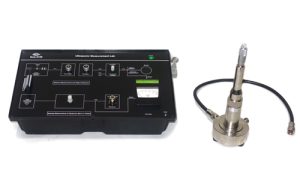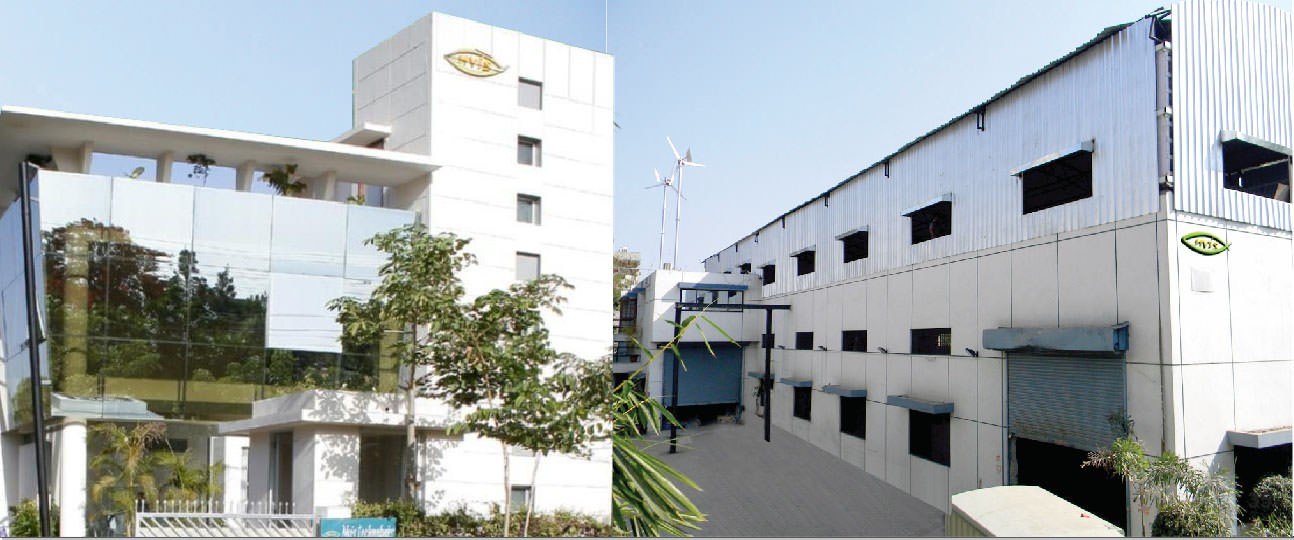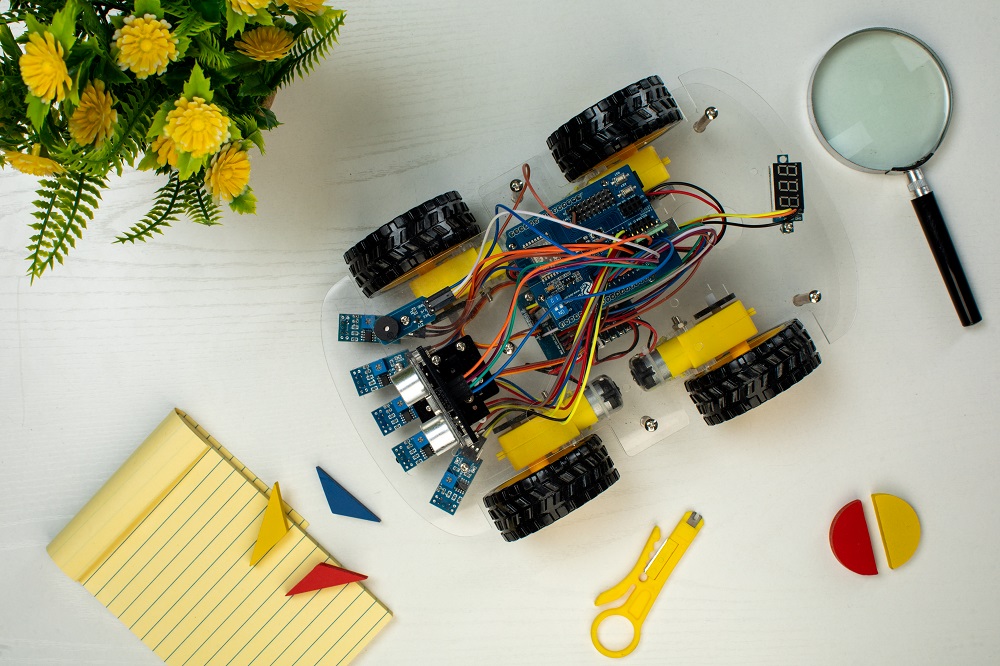Posted on May 16, 2025
In an era defined by Precision Engineering and Smart Automation, the ability to measure, analyze, and understand ultrasonic waves is foundational for aspiring technologists and engineers. For educational institutions and training centers striving to equip students with real-world competencies, integrating hands-on learning tools that demonstrate the principles and applications of ultrasonic technology is a forward-thinking step.
Whether deployed in postgraduate research labs, engineering colleges, or advanced training institutions, ultrasonic measurement platforms serve as a cornerstone for experiential learning in Physics, Instrumentation, and Embedded Systems.

Why teach Ultrasonic Wave concepts?
Ultrasonic interferometry enables students to visualize and quantify the behavior of high-frequency sound waves—typically in the range of 2 MHz—as they propagate through a liquid medium. These experiments allow learners to explore the interaction of waveforms, interference patterns, and material responses with scientific precision.
Using a transmitter and receiver pair, such systems generate standing waves in a non-electrolytic liquid. Through methodical experimentation, students can measure:
- Velocity of ultrasonic waves in liquids.
- Compressibility of the liquid medium.
- Distance to and detection of objects using ultrasonic sensors.
These capabilities mirror mechanisms found in modern industrial systems—from robotics and automation to Non-Destructive Testing (NDT) and biomedical diagnostics.
What makes a good ultrasonic training system?
Effective ultrasonic training systems are designed for both ease of instruction and measurement fidelity. When selecting the right platform, institutions should look for:
- Quartz crystal transducers operating at precise frequencies (e.g., 2 MHz) for high-resolution studies.
- Liquid cell assemblies with fine micrometer adjustments (least count of 0.01 mm) to ensure measurement accuracy.
- Dual-use transducers that function as both distance meters and object detectors.
- Microcontroller-based displays that provide real-time visualization of measurements.
- Integrated amplifiers and signal conditioning that ensure data clarity and repeatability.
- User-friendly, self-contained designs that reduce instructor workload and enhance student engagement.
Real-world applications of ultrasonic technology
- PCB cleaning using ultrasonic waves: Removes microscopic contaminants from circuit boards, widely used in electronics manufacturing.
- Robotics and automation: Object detection and distance measurement using ultrasonic sensors are core to autonomous systems.
- Automotive sensors: Reverse parking assistance and collision detection are grounded in ultrasonic distance measurement.
- Healthcare imaging: While frequencies vary, the underlying physics connects to ultrasound imaging and therapeutic tools.
Nvis 6109 Ultrasonic Interferometer: A high-impact training system for your lab
For institutions seeking a turnkey solution that brings ultrasonic wave concepts to life, the Nvis 6109 Ultrasonic Interferometer is a comprehensive training platform built for education and research.
This system supports a wide range of ultrasonic experiments—from studying wave propagation to simulating object detection mechanisms. At the heart of the setup is a 2 MHz quartz crystal transducer that generates precise ultrasonic waves. The accompanying liquid cell assembly, paired with finely tuned micrometer adjustments, enables detailed analysis of wave behavior in various fluids.
It goes beyond theoretical understanding by integrating ultrasonic transducers that serve as both distance meters and object detectors. The built-in microcontroller-based LCD display allows students to observe signal outputs and behavior in real time—creating a feedback-rich, interactive learning experience.
Additionally, the unit includes advanced components such as a 60 dB amplifier, 40 KHz clock generator, and user-friendly controls in a fully self-contained setup. This design supports quick classroom deployment while maintaining industry-grade accuracy and reliability.
By aligning with hands-on teaching goals and real-world applications, the Nvis 6109 helps institutions improve lab standards, enhance student outcomes, and offer skill-building opportunities grounded in emerging technology.
Why institutions should invest in Ultrasonic labs
Ultrasonic wave training offers multidimensional value across various stages of engineering education.
- At the postgraduate level, students can delve into acoustic behavior, conduct precise calculations of wave velocity, and understand how such measurements apply in fields like fluid mechanics and material science.
- First-year engineering students benefit from foundational exposure to wave interference, resonance, and the basic physics of sound propagation, grounding them in concepts they’ll revisit throughout their academic journey.
- For those specializing in electronics, robotics, or embedded systems, ultrasonic measurement platforms serve as practical training tools—mirroring real-world applications in proximity sensing, object detection, and industrial automation.
This layered approach enables a seamless blend of theoretical learning and real-time simulation.
As education shifts toward outcome-based models and industry alignment, tools like ultrasonic measurement systems offer a gateway to meaningful learning. They equip students not only to understand theoretical concepts but also to apply them in contexts relevant to today’s high-tech industries.
The Nvis 6109 Ultrasonic Interferometer exemplifies this balance of concept and capability. It enables institutions to create a lab environment where students explore, experiment, and excel
Tags: Educational lab instruments, Engineering lab equipment, Industry-relevant physics lab tools, Lab equipment for engineering institutes, Physics lab equipment for colleges, practical training equipment, Technical training equipment, Ultrasonic Interferometer, Ultrasonic training system, Ultrasonic Wave Concepts









Leave a reply